Mr. Van Assche, as the creative director for Dior Homme you deal with beauty all the time. Do you remember the first time you recognized beauty?
No, but I do know that as a child beauty was a big part of my upbringing because my grandmother was a real aesthete and I used to be really close to her. When I was a kid she was making her own clothes and at one point started making clothes for me, so it was already a big part of it when I was like 10 or 12 years old.
What does beauty mean to you?
I don’t really differentiate beauty according to where it comes from. Making a nice table for a nice dinner is nicer than just eating food out of a plastic plate. It’s always been about that little extra effort that makes all the difference. And I think that’s true in all aspects of life.
Did you always know you wanted to become a fashion designer?
I’ve known from a very young age that I wanted to be a fashion designer, but I did hesitate at one point and considered becoming a florist. Which is kind of similar in the way that it is so unnecessary, but essential in a way. Ultimately fashion just seemed to be much more exciting and much more creative, so that’s the way things went.
How did your parents react? You are from a small town in Belgium where that is probably not the most common career choice.
My parents were really conservative and they didn’t get it, but they didn’t stop me from trying anyway. I had been a really good student before, so they thought I deserved a chance. My parents were the types to say, “Let him try for one year. He’ll get bored with it and then he’ll do something serious.” So that’s kind of how I got allowed to go to study fashion. And then they learned about fashion designers actually making a living and all that, so they kind of grew into it. And then by the fourth year of my studies they were really proud. So they made a lot of effort.
Do they come and see your shows now?
They haven’t missed any shows. They’ve seen 25 Kris Van Assche shows, like 20 men and 5 women, and they’ve seen 15 Dior Homme collections.
We talked to Raf Simons a couple of years ago and like you he grew up in a small town in rural Belgium. He said that the way he got exposed to culture was through music and album covers. You are a generation younger than him, what was your gateway to the larger cultural world?
I really was a lot about fashion magazines. It was really quite direct. Even though my grandmother was a very elegant woman, it was not about high-end fashion design or conceptual fashion design. So I discovered fashion through fashion magazines. In the beginning it was all about these very loud fashion designers coming from Paris or Milan and then I learned about Antwerp, which was pretty close to where I grew up, so that made it more accessible in a way.
Then you ended up studying fashion design at the famous and demanding Royal Academy of Fine Arts in Antwerp where designers like Martin Margiela, Dries Van Noten, and Haider Ackermann also studied.
Well, there are a lot of people that try to get in the school through the entrance exams – at least that was the case 20 years ago. At that time there were several hundred entries and only 65 would be able to start off in their first year. And then four years later when we graduated, I guess there were only seven of us. So… that’s a tough selection.
You were also the youngest person to ever enter the school at that time, right?
Yeah, technically it was impossible to do it at a younger age. I was 18 when I got there.
It seems like a lot of pressure for an 18 year old.
Yes, but there is also something to be said about youth and the enthusiasm you have when you’re young and this belief you have in the fact that everything is going to be all right. I have said before that I regret having done the Academy at such a young age and I do think that if I would have been a little older with more experience I probably would have evolved in different ways. But I was still one of the happy seven, so I don’t really have any regrets there. Fortunately I made the right decision to be an assistant for a very long time after and that kind of continued my education – in a very tough way! But real fashion life is difficult as well, so that’s no different.
What do you mean?
Well it’s a tough industry, it’s a tough business. There were only a happy few that made it through the Academy, but it’s only a happy few in real life, too. I guess that’s one of the reasons that the Academy is so famous because it’s already quite a big reality check. Because of its history, the Academy was always asking, “How do you think you’re going to make any difference?” It definitely wasn’t, “Oh, you have a nice sweater.” That was not at all the point.
After you graduated, you were Hedi Slimane’s assistant at Yves Saint Laurent and then later at Dior. Did you realize at the time that he was really changing the silhouette of menswear?
I had kind of felt the birth of hype while working as his assistant at Saint Laurent and then coming here… I mean, I didn’t work here thinking he’s going to change the world or anything. I worked here under a lot of pressure. It was basically just a really tough job on all levels. I was very lucky to be part of that, because it’s quite rare to see a whole division being created from scratch. There was nothing, there was not even a label, there were no clothes hangers, there were no zippers, there was nothing. That experience obviously helped when I launched my own label four years later.
Why did you want to start your own label?
I left Dior as an assistant because I was creatively frustrated and because I was not working on my vision of things. I started my label for that reason.
You came back to Dior in 2007 to become the creative director after Hedi Slimane stepped down. What helped prepare you for the job?
I think nothing can prepare you for a job like what I have here.
How come?
You jump in it and you swim in order not to drown.
And the current was really strong when you took the job?
(Laughs) Yes.
Most times people take over a fashion house when things are not going well. But you took over Dior Homme when things had never been better. Did that make your decision to accept the job more difficult?
It would be extremely pretentious and naïve to say that I wasn’t scared to take the job. All my close friends told me not to take the job, most of them for exactly that reason – there was no way that it could go well, in a way.
So why did you do it?
I felt that this was definitely a once in a lifetime opportunity. I was aware that it was going to be the toughest trial of my life, but I also knew about the ateliers, I knew about the team, I knew most of the people here, so I knew about the potential. And I did have this belief that Dior Homme is the male division of a big French couture house and it had to evolve to another level. I felt like maybe I could be the one to take it there.
Do you sometimes wish that your clientele were a bit younger than they are?
Yeah, I mean that’s a tricky thing because of course it’s very price-related, which is kind of out of my hands. Once you decide you’re going to work in high-end fashion, once the policy of the house is to be all Italian-made, you’re going to make backpacks that sixteen year old kids are probably not going to be able to buy. That’s the shitty side of the job. But men on a social level have evolved so much that now even men of 30, 40, 50 go much further than they used to. It’s not only 16 year olds being interested in high-end fashion. There’s a whole world out there. So I’m far from being creatively frustrated.
Return to Top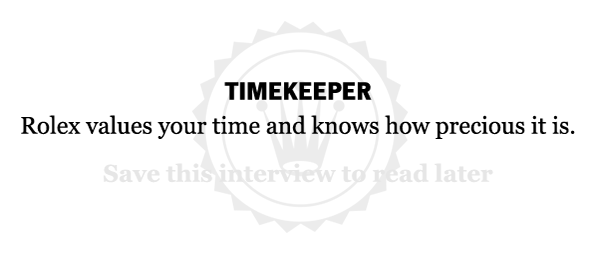
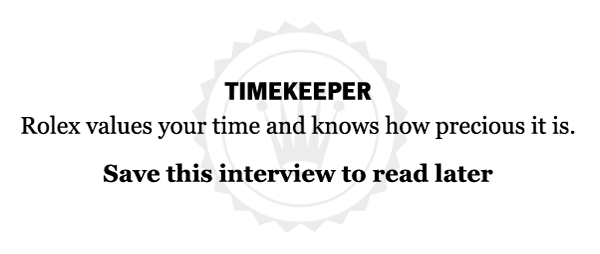
Short Profile
Name: Kris Van Assche
DOB: 12 May 1976
Place of Birth: Londerzeel, Flemish Brabant, Belgium
Occupation: Fashion Designer
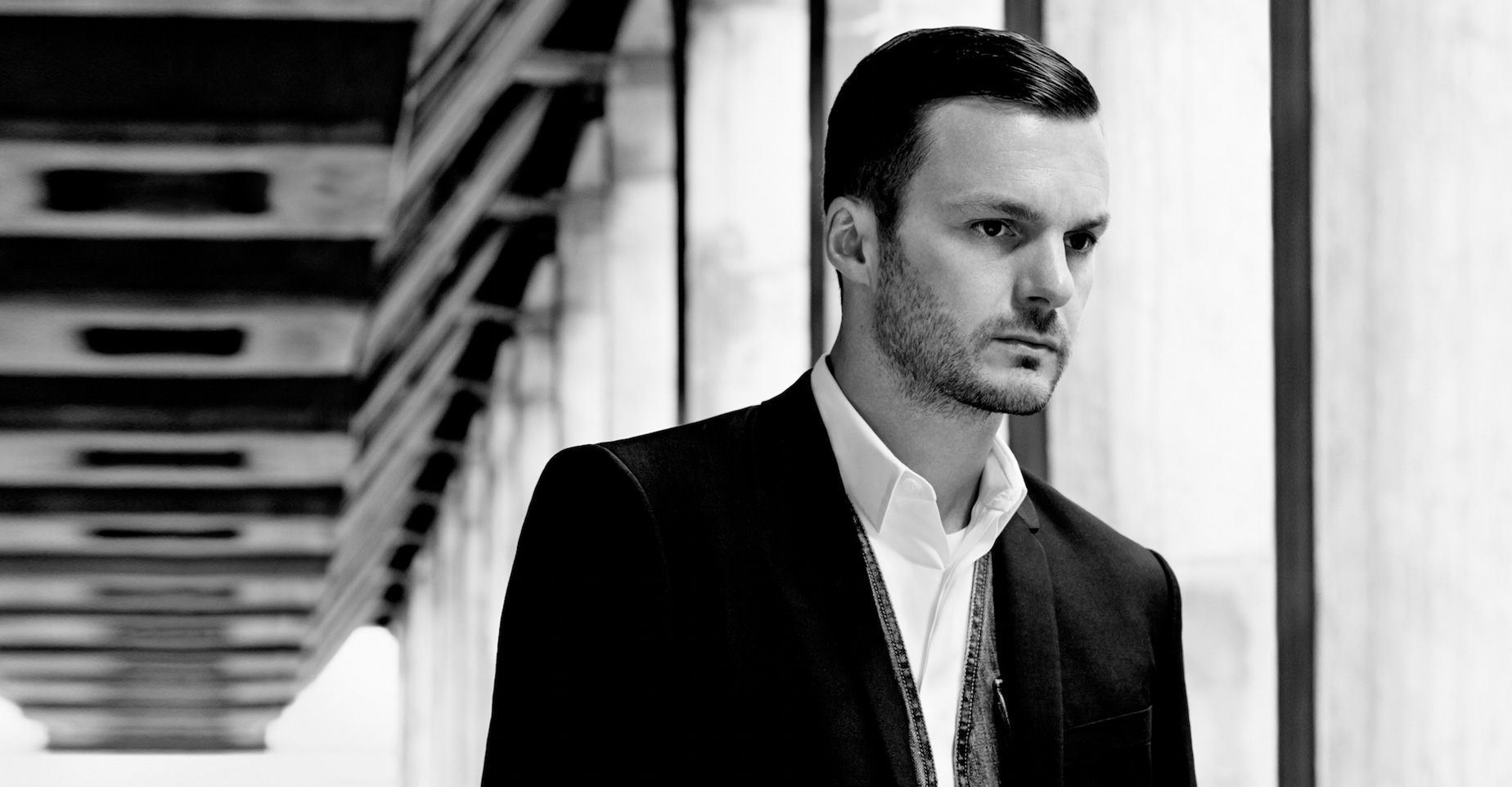
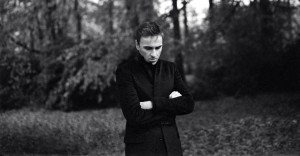
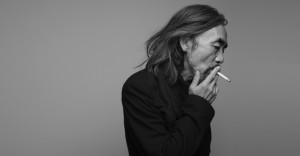
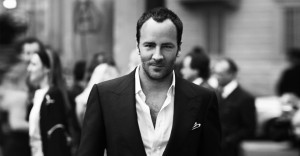

















Comments
write a comment, read comments